Kisatchie National Forest
- January 18, 2024
- 0 comment
Discover the wonders of Kisatchie National Forest, Louisiana’s only national forest, a breathtaking expanse of over 600,000 acres of ancient piney hills and lush hardwood bottoms. Established in 1930, this natural treasure is home to some of the oldest rocks in Louisiana, featuring rare longleaf pine forests and unique habitats like hillside bogs and calcareous prairies.
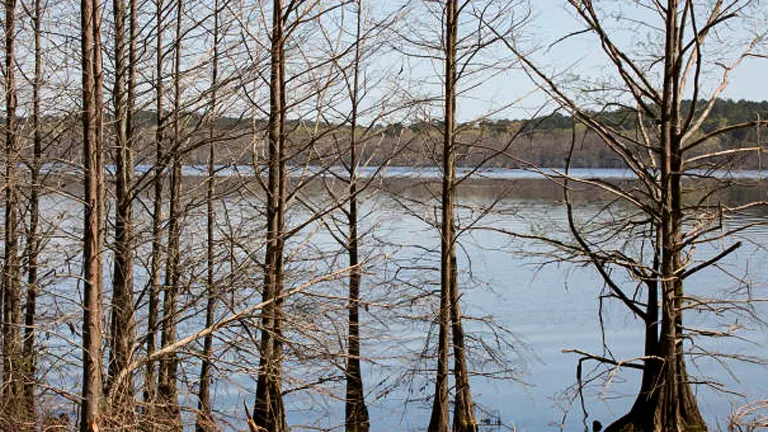
As a sanctuary for diverse wildlife and rare species, Kisatchie offers a plethora of activities, from hiking and bird watching to canoeing and exploring hidden caves. Whether you’re an outdoor enthusiast or a nature lover, Kisatchie’s scenic trails, vibrant ecosystems, and historic sites invite you to embark on an unforgettable journey into the heart of Louisiana’s wild beauty.
Characterizing Features of Kisatchie National Forest
- Diverse Ecosystems and Rare Habitats: Kisatchie National Forest is notable for its diverse ecosystems, including piney hills, hardwood bottoms, hillside seepage bogs, and calcareous prairies. These varied environments are part of what makes Kisatchie unique in Louisiana. The presence of hillside seepage bogs, for example, offers a rare and specialized habitat that supports a variety of plant and animal life not commonly found in other areas of the state. Similarly, the calcareous prairies, with their distinctive soil composition, are home to unique flora adapted to these conditions.
- Longleaf Pine Forests: One of the most distinctive features of Kisatchie is its extensive longleaf pine forests. These forests are part of an ecosystem that once covered a vast area of the United States but has now significantly declined. The longleaf pine ecosystem is crucial for its biodiversity, providing habitat for numerous species, including the endangered red-cockaded woodpecker. The conservation of these forests is vital for maintaining the ecological balance and biodiversity of the region.
- Rare and Endangered Species: Kisatchie is a haven for various rare and endangered species, making it an important site for conservation. Species such as the Louisiana pine snake, the red-cockaded woodpecker, the Louisiana black bear, and the Louisiana pearlshell mussel are some notable examples. The forest’s diverse habitats support these species, many of which have specific habitat requirements that are met within the Kisatchie National Forest.
- Recreational Opportunities: The forest offers a multitude of recreational activities, appealing to a wide range of interests. With over 40 developed recreation sites and more than 100 miles of trails, Kisatchie is a destination for hiking, mountain biking, horseback riding, and more. The forest also caters to bird watchers, campers, and nature photographers, offering unique experiences such as canoeing on its serene lakes and exploring Wolf Rock Cave, the only known cave in Louisiana.
- Historical Significance: Kisatchie’s history adds another layer to its appeal. The forest was established in 1930, during President Herbert Hoover’s administration, and contains sites like the remains of Camp Claiborne, a U.S. Army post during World War II. This historical context enriches the visitor experience, providing a glimpse into the past and how it has shaped the present-day forest.
- Conservation and Research Efforts: Kisatchie is not only a place of natural beauty and recreation but also a hub for conservation and research. Efforts to protect and study the forest’s ecosystems, wildlife, and historical sites are ongoing. These efforts ensure the preservation of the forest’s unique characteristics for future generations and contribute to our understanding of ecological and historical processes.
Each of these features contributes to the rich tapestry that is Kisatchie National Forest, making it a precious natural resource and a cherished destination for both Louisiana residents and visitors from afar.
History
Kisatchie National Forest, a jewel in the heart of Louisiana, boasts a rich and diverse history that mirrors the evolution of conservation in the United States. Established in 1930 during the administration of President Herbert Hoover, Kisatchie’s history dates back much further, to a time when its lands were inhabited by Native Americans. These indigenous peoples were the forest’s first stewards, living in harmony with its abundant natural resources.
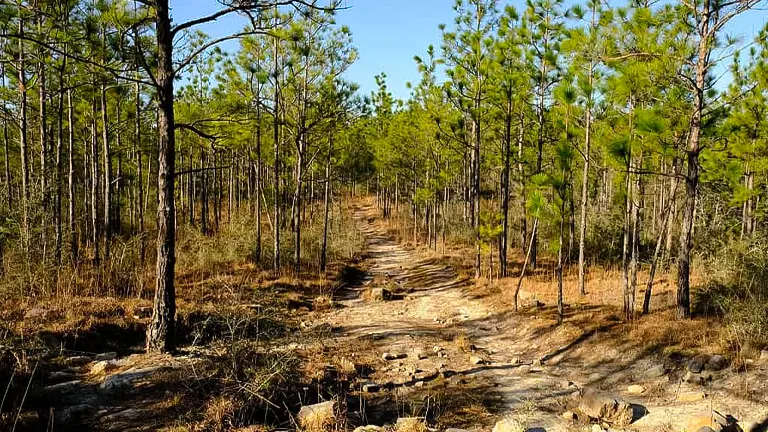
The European settlement brought significant changes to the region, with the land being used for agriculture and timber. However, by the early 20th century, concerns about deforestation and land degradation began to grow. This period marked a shift in national attitudes towards conservation, spurred by the burgeoning conservation movement and figures like President Theodore Roosevelt.
The designation of Kisatchie as a National Forest in 1930 was a pivotal moment in the preservation of Louisiana’s natural heritage. It was part of a larger national effort to restore forests and protect natural resources, driven by the U.S. Forest Service’s mission. During the 1930s, under the New Deal, the Civilian Conservation Corps (CCC) played a significant role in developing the forest’s infrastructure. They built roads, trails, and recreation areas, many of which are still in use today.
Throughout the 20th century, Kisatchie continued to evolve. It became a site for scientific research and a refuge for diverse ecosystems and wildlife, including several endangered species. The forest’s management practices have also evolved, focusing on sustainable forestry, habitat preservation, and balancing recreational use with conservation.
Today, Kisatchie National Forest stands as a testament to these conservation efforts, offering a window into Louisiana’s past and a blueprint for its future. It’s a living legacy of the vision and hard work of those who fought to preserve this vital piece of America’s natural landscape.
The Significance of Kisatchie in Conservation

Kisatchie National Forest, the sole national forest in Louisiana, stands as a beacon of environmental stewardship. Stretching over 600,000 acres, it is a mosaic of biodiversity, comprising ancient longleaf pine forests, rare calcareous prairies, and lush hardwoods. These ecosystems are not just visually stunning but are critical habitats for a variety of wildlife, including species on the brink of extinction such as the red-cockaded woodpecker and the elusive Louisiana pine snake. Through its conservation initiatives, Kisatchie plays a vital role in sustaining the ecological equilibrium and rich biodiversity of the region, serving as both a research hub for environmental studies and a sanctuary for species facing habitat loss.
Unique Location of Kisatchie National Forest
Kisatchie National Forest stands out for its unique location in Louisiana, a state more commonly associated with bayous and delta landscapes than expansive forests. Spanning across seven parishes in central and northern Louisiana, Kisatchie covers over 600,000 acres, making it a significant natural expanse in a predominantly flat and coastal state. This national forest is distinctly positioned in the forested piney hills and hardwood bottoms of the region, offering a stark contrast to the state’s more familiar wetland terrains. It is part of the Cenozoic uplands, featuring some of Louisiana’s oldest rocks, which add a geological depth to its already rich biodiversity.
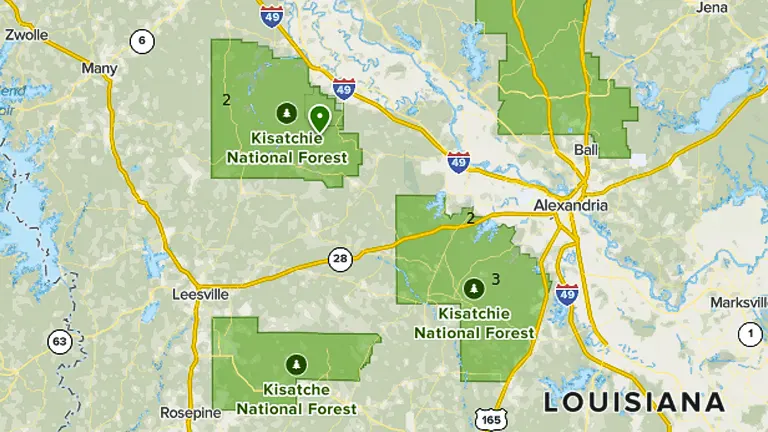
The forest includes significant areas of longleaf pine forests, a rare and declining forest type, adding to its ecological uniqueness. The combination of its vast pine forests, rolling hills, and diverse ecosystems places Kisatchie National Forest in a unique position both geographically and environmentally within Louisiana, offering a rare glimpse into the state’s varied natural heritage that extends beyond its famous wetlands and waterways.
Diverse Vegetation and Plant Species in Kisatchie National Forest
- Longleaf Pine (Pinus palustris): The longleaf pine is a defining feature of Kisatchie, representing a significant portion of its pine forests. This species is crucial for maintaining the ecosystem’s health and supports a variety of wildlife.
- Carnivorous Plants: Kisatchie is home to several carnivorous plant species, including the Pale Pitcher Plant (Sarracenia alata) and the Venus Flytrap (Dionaea muscipula). These plants have adapted to the nutrient-poor soils of the forest by evolving to trap and digest insects.
- Wild Orchids: The forest boasts a variety of wild orchids, such as the Rose Pogonia Orchid (Pogonia ophioglossoides). These delicate and colorful flowers add to the forest’s botanical diversity.
- Hardwood Trees: The hardwood bottoms of Kisatchie contain a mix of species like the Southern Magnolia (Magnolia grandiflora), American Beech (Fagus grandifolia), and various species of oak and hickory, contributing to the forest’s rich biodiversity.
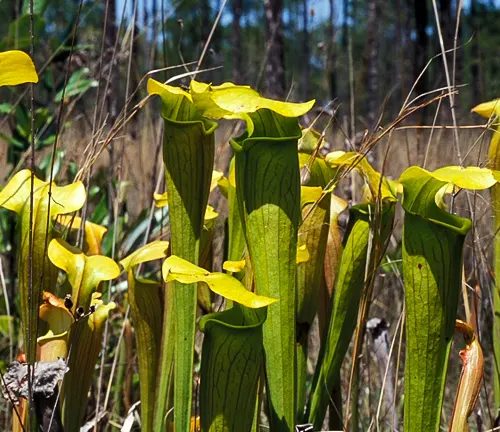
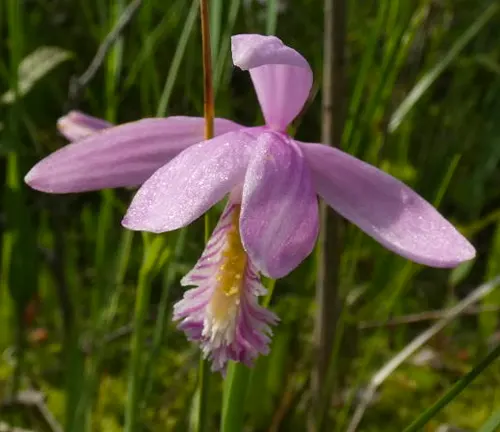
Fauna in Kisatchie National Forest
- Louisiana Pine Snake (Pituophis ruthveni): This rare and non-venomous constrictor snake is native to the longleaf pine forests of Kisatchie. It’s a species of conservation concern due to its limited range and habitat loss.
- Red-cockaded Woodpecker (Picoides borealis): This endangered bird species is closely associated with the longleaf pine ecosystems of Kisatchie. Conservation efforts in the forest are crucial for its survival.
- Louisiana Black Bear (Ursus americanus luteolus): The Louisiana black bear, a subspecies of the American black bear, roams the diverse habitats of Kisatchie. The forest provides crucial habitat for this once-threatened species.
- Louisiana Pearlshell Mussel (Margaritifera hembeli): This freshwater mussel species, found in the clean, sandy-bottomed streams of Kisatchie, is an indicator of water quality and an important component of the aquatic ecosystem.
- Bird Species: Kisatchie is a haven for birdwatchers, with over 155 species of breeding or overwintering birds. These include songbirds, raptors, and waterfowl, offering a rich tapestry of avian life for observation and study.
- Amphibians and Reptiles: The forest supports a diverse array of amphibians and reptiles, including species like the Eastern Newt (Notophthalmus viridescens) and the American Alligator (Alligator mississippiensis), reflecting the forest’s varied habitats and water sources.

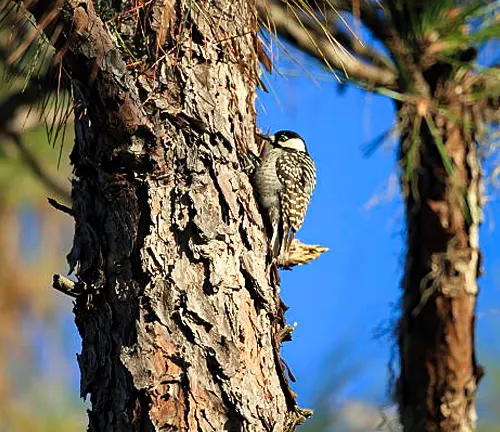
These vegetation and animal species are just a snapshot of the rich biodiversity found in Kisatchie National Forest, making it a crucial area for conservation and a fascinating destination for nature enthusiasts.
Attractions in Kisatchie National Forest
1. Longleaf Pine Forests and Ecosystems
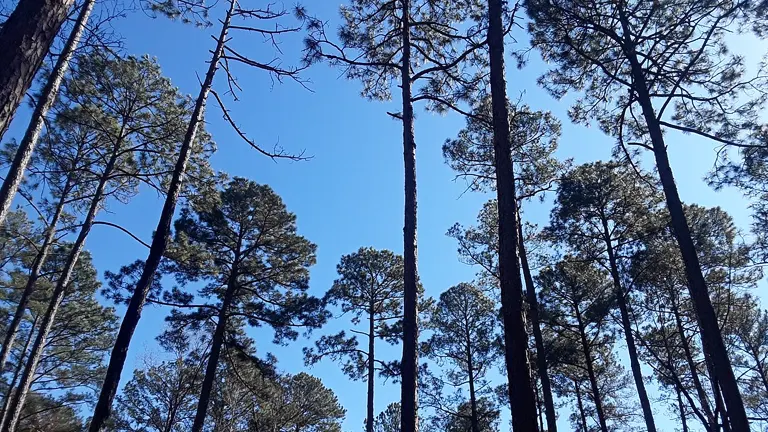
The sprawling longleaf pine forests are not just visually stunning but also ecologically significant, serving as a habitat for diverse wildlife including the endangered red-cockaded woodpecker. These forests represent a rare and important ecosystem, offering visitors a chance to explore trails that wind through these towering pines, providing a serene and educational experience about forest conservation and management.
2. Wolf Rock Cave

Unique in Louisiana, Wolf Rock Cave in the Vernon Unit is an above-ground cave beside Bundick Creek. Its geological formations and location offer a rare spelunking experience in a region not known for caves, making it a point of interest for geologists and adventure seekers alike.
3. Kisatchie Hills Wilderness Area

This protected area is renowned for its rolling hills, diverse flora, and scenic beauty. It’s a haven for those seeking a true wilderness experience, offering miles of undisturbed landscapes that are perfect for backpacking, bird watching, and discovering Louisiana’s natural heritage.
4. Sandstone Multi-Use Trail
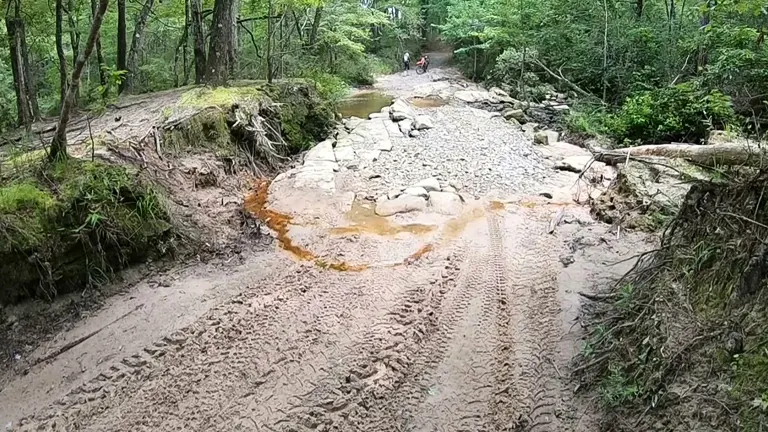
Popular among horseback riders, mountain bikers, and hikers, this trail offers diverse experiences through varied terrains. It’s an ideal trail for those who appreciate the outdoors and seek to enjoy a day of adventure or a peaceful ride through the forest.
5. Longleaf Scenic Byway
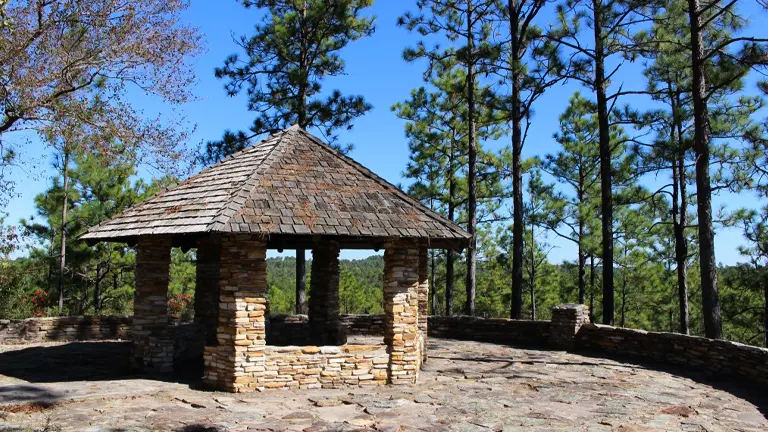
The 17-mile Longleaf Scenic Byway is a must-drive for visitors. It meanders through different ecosystems within the forest, offering picturesque views, opportunities for wildlife observation, and access to various trailheads.
Recreational Activities in Kisatchie National Forest
1. Hiking and Backpacking Trails
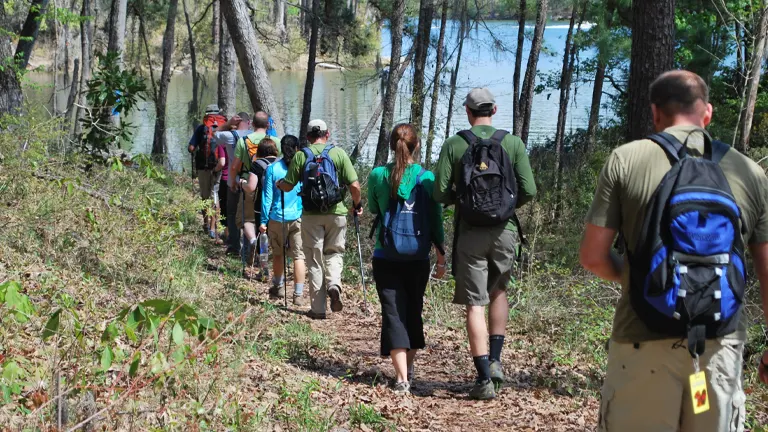
Kisatchie’s trails, such as the Wild Azalea Trail, the longest hiking trail in Louisiana, offer a range of experiences from short day hikes to longer, more challenging backpacking trips. These trails provide a unique opportunity to explore the forest’s diverse landscapes and ecosystems up close.
2. Mountain Biking Adventures
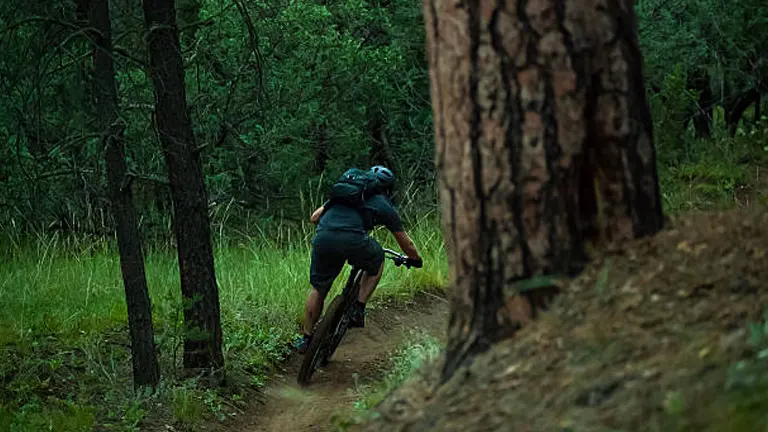
The forest’s varied terrain is ideal for mountain biking. Trails like the Caroline Dormon Trail and the Sandstone Trail offer exhilarating rides through scenic landscapes, challenging both novice and experienced bikers.
3. Equestrian Trails
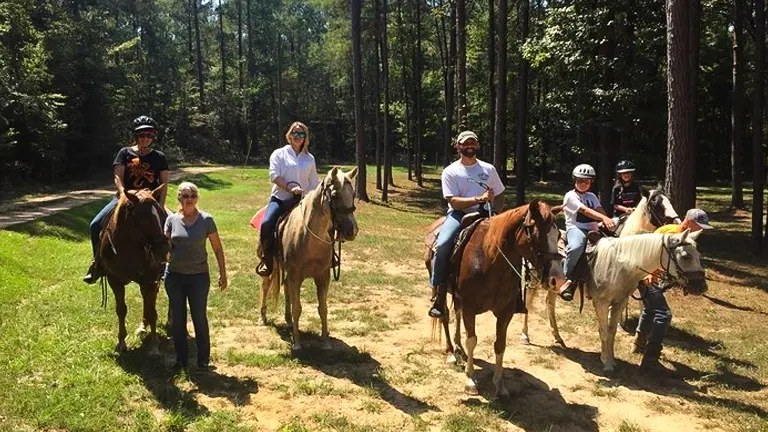
With specific trails designated for horseback riding, equestrians can enjoy the beauty of Kisatchie on horseback. The forest’s open spaces and well-maintained trails, such as the Kisatchie Hills Wilderness Area, provide a perfect backdrop for horse riding adventures.
4. Bird Watching and Wildlife Photography

The diverse habitats in Kisatchie are home to an impressive array of bird species, making it a premier destination for bird watchers. Wildlife photographers will also find endless subjects in the forest’s rich biodiversity, from majestic birds of prey to delicate wildflowers.
5. Camping Options for Every Style

Whether you prefer a campground with amenities or a secluded spot in the wilderness, Kisatchie has an array of camping options. Developed sites like the Kincaid Lake Campground offer convenience, while backcountry areas provide a more rugged, off-the-grid experience.
6. Water Recreation on Kisatchie Bayou and Lakes
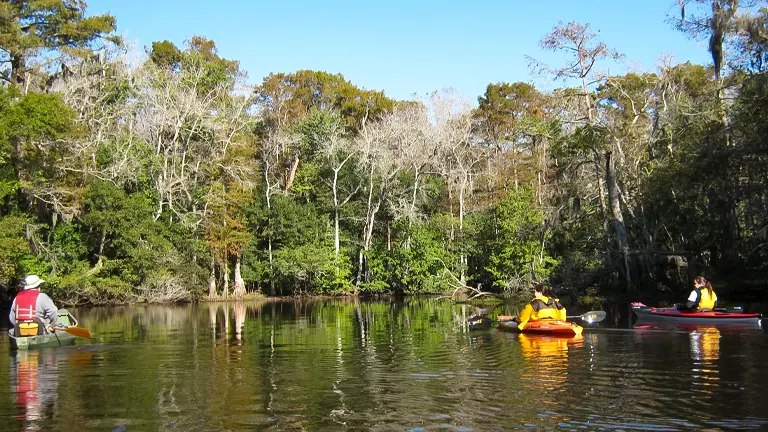
The forest’s waterways, including Kisatchie Bayou, offer peaceful canoeing and kayaking experiences. The clear waters and natural beauty of areas like Kincaid and Valentine Lakes are perfect for those looking to enjoy a day on the water.
Facilities and Amenities in Kisatchie National Forest
- Developed Campgrounds: Kisatchie National Forest offers several developed campgrounds such as the Kincaid Lake Campground and the Lotus Campground. These sites typically feature amenities like picnic tables, fire rings, potable water, and restroom facilities. Ideal for families and those who prefer a comfortable camping experience, these campgrounds provide a perfect blend of nature and convenience.
- Picnic Areas: Scattered throughout the forest are numerous picnic areas, such as the Valentine Lake Recreation Area. These spots are equipped with tables and often grills, making them ideal for day visitors looking to enjoy a meal surrounded by nature.
- Hiking Trails: The forest boasts an extensive network of hiking trails, ranging from easy nature walks to challenging multi-day hikes. Trails like the Wild Azalea Trail, which is the longest in Louisiana, offer immersive nature experiences and are well-marked and maintained.
- Recreational Lakes: Lakes such as Kincaid and Valentine offer recreational opportunities including fishing, boating, and swimming. These areas are equipped with boat ramps and, in some cases, designated swimming areas.
- Visitor Centers: Visitor Centers, like the one at Calcasieu Ranger District, provide valuable information, maps, and resources about the forest. These centers are staffed by knowledgeable personnel who can offer guidance and insights into the best ways to experience the forest.
- Equestrian Trails and Facilities: For horseback riding enthusiasts, Kisatchie offers designated trails and facilities. Some campgrounds, like the Lotus Campground, are equipped to accommodate horses, providing a unique way to explore the forest.
- Mountain Biking Trails: Trails such as the Caroline Dormon Trail are open to mountain bikers, offering a range of terrains and challenges. These trails are well-maintained and provide a thrilling way to experience the forest’s diverse landscapes.
- ATV Trails: Certain areas of Kisatchie, like the Sandstone Multi-Use Trail, allow the use of All-Terrain Vehicles (ATVs). These trails offer a different kind of adventure for visitors looking to explore the forest on wheels.
Tips and Advice for Visiting Kisatchie National Forest
- Check Weather Conditions: Before visiting, check the local weather forecast. Louisiana’s weather can be unpredictable, and it’s important to be prepared for sudden changes, especially if you’re planning to hike or camp.
- Be Prepared for Wildlife: The forest is home to diverse wildlife. Carry a guidebook for wildlife and plant identification. Also, be aware of how to safely observe wildlife, especially larger animals like bears.
- Follow ‘Leave No Trace’ Principles: To preserve the natural beauty of Kisatchie, practice Leave No Trace principles. This includes packing out all trash, respecting wildlife, and leaving natural objects as you find them.
- Stay on Designated Trails: For your safety and to protect the forest’s ecosystems, stick to marked trails when hiking or biking. Venturing off-trail can lead to getting lost and damaging sensitive habitats.
- Bring Sufficient Supplies: Especially if you’re venturing into more remote areas, bring enough water, food, and basic supplies like a first-aid kit. Cell service can be spotty, so prepare for limited communication.
- Know the Rules for Camping and Fires: If planning to camp, familiarize yourself with the campground rules, especially regarding campfires. Some areas may have restrictions based on weather conditions or time of year.
- Respect Quiet Hours and Other Campers: Many campgrounds have quiet hours to ensure a peaceful experience for all visitors. Be mindful of your noise levels and respectful of other campers’ space and privacy.
- Plan Your Visit According to Seasonal Activities: Different times of the year offer unique experiences in Kisatchie. Spring is ideal for wildflower viewing, while fall offers cooler temperatures and beautiful foliage. Plan your visit according to what you want to see and do.
Why Kisatchie is a Must-Visit Destination?
Kisatchie National Forest is a must-visit for anyone interested in nature, wildlife, and outdoor activities. Its unique ecosystems and diverse recreational opportunities make it a standout destination. Whether you’re a seasoned hiker, a bird watcher, or simply seeking a peaceful escape in nature, Kisatchie has something to offer. Its combination of natural beauty, conservation significance, and recreational facilities makes it a jewel in Louisiana’s natural landscape.
Conclusion
In conclusion, Kisatchie National Forest is more than just a forest; it’s a symbol of nature’s resilience and beauty. It represents a successful balance between conservation and recreation, providing a sanctuary for wildlife and a playground for humans. As a place of natural wonder, historical significance, and endless adventure, Kisatchie invites everyone to explore its depths and leave with a greater appreciation for the natural world. This forest is not just a destination; it’s an experience, a journey into the heart of Louisiana’s wild and untouched beauty.
FAQs
- Can I find any rare plant species in Kisatchie National Forest?
Yes, Kisatchie is home to several rare plant species, including carnivorous plants like the pale pitcher plant (Sarracenia alata) and various wild orchids. The forest’s diverse ecosystems support a wide range of unique flora. - Is it possible to see evidence of the forest’s historical use by Native Americans?
While direct evidence of historical Native American use may not be prominently visible to the casual visitor, the forest lands have been historically inhabited and utilized by Native American tribes. The area’s natural resources were integral to their way of life. - Are there any areas in Kisatchie particularly good for stargazing?
Yes, due to its rural location and minimal light pollution, several areas in Kisatchie, such as the open spaces in the Kisatchie Hills Wilderness Area, offer excellent opportunities for stargazing. - Does Kisatchie National Forest have any role in scientific research or studies?
Absolutely, Kisatchie serves as a site for various environmental and ecological studies, contributing to research on forest management, wildlife conservation, and ecosystem dynamics. - Can I find remnants of the Civilian Conservation Corps’ work in the forest?
Yes, you can find remnants of the CCC’s contributions in Kisatchie, including structures and infrastructural improvements they made during the 1930s, reflecting the forest’s historical significance. - Are there specific seasons when Kisatchie National Forest is particularly beautiful or unique?
Each season offers a unique experience. Spring brings wildflowers and blooming orchids, fall showcases colorful foliage, and winter provides a stark, serene beauty. Summer is lush and green, perfect for water activities. - Is there a chance to learn about conservation efforts within the forest?
Yes, Kisatchie National Forest offers educational opportunities about conservation, including the management of the longleaf pine ecosystem and endangered species protection efforts. - Are there any lesser-known trails or spots in Kisatchie for a more solitary experience?
Yes, Kisatchie has lesser-traveled paths and remote areas for those seeking solitude. Trails like the Backbone Trail and areas in the less frequented districts of the forest offer a more secluded outdoor experience.
Kisatchie National Forest stands as a beacon of natural beauty and ecological diversity in Louisiana. From its rare longleaf pine ecosystems to the unique Wolf Rock Cave, this forest offers a slice of wilderness that is both captivating and educational. Whether you’re trekking its extensive trails, paddling its tranquil waters, or simply enjoying the serenity of its diverse landscapes, Kisatchie provides an unparalleled outdoor experience. As Louisiana’s only national forest, it’s a treasured resource, offering endless adventures and a peaceful retreat into nature’s embrace.

Benjamin Brooks
Forestry AuthorGreetings! I'm Benjamin Brooks, and my journey over the past 15 years has revolved around the fascinating realms of content creation, expertise in snow clearing, and the intricate world of lumberjacking and landscaping. What began as a simple curiosity about the natural world and heavy machinery has evolved into a passionate profession where my love for crafting words intertwines seamlessly with my lumberjacking and garden skills.

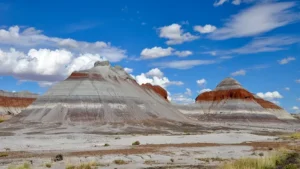
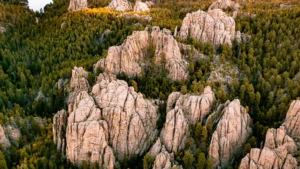
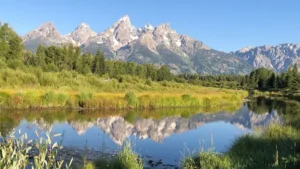
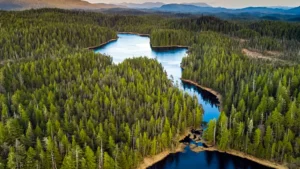
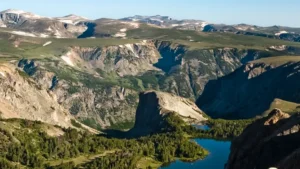
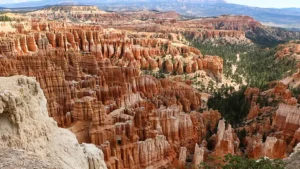
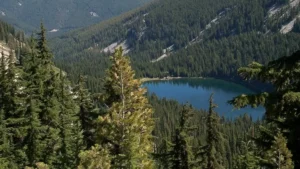

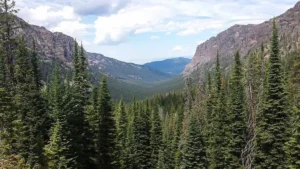

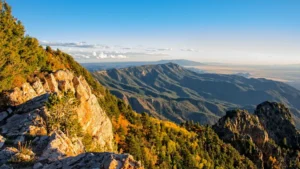
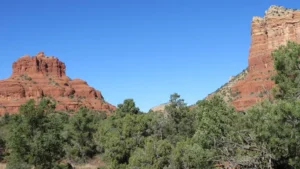
Leave your comment